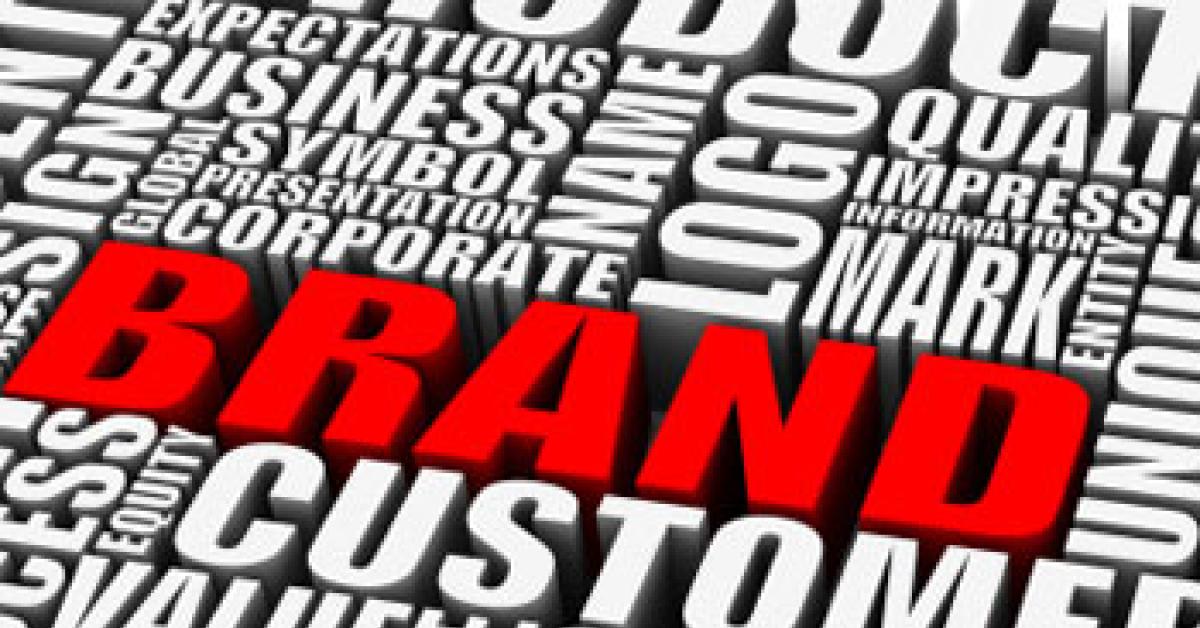CHICAGO — The talk of the industry always seems to hinge on the newest big company to make the scene. And following extensive research from parent company Procter & Gamble, Tide has entered drycleaning well-funded.
Some pundits in the industry doubt Tide stores’ potential, while others think their success is practically guaranteed. History shows us it can be very difficult to “roll up” the drycleaning industry and build a large chain, however. Remember PurpleTie?
PurpleTie was a web-based company that planned to deliver garments throughout the San Francisco Bay Area and beyond. It spent a lot of money, but never really took off.
Better remembered might be the Johnson Group, which consolidated several large operators. After many years of success here, it turned its focus to the United Kingdom and spun off its U.S. operations.
Following in its footsteps was Dryclean USA, which incorporated many of the original Johnson Group operations and later sold some holdings to U.S. Dry Cleaning (USDC). USDC bought up several small chains before declaring Chapter 11 last year, and may re-emerge soon as a reorganized public company.
Men’s Wearhouse entered the market recently with two major acquisitions and grew same-store sales, but hasn’t yet moved beyond its Houston base. And finally, One Hour Martinizing is alive, well and expanding again with a franchise model similar to Tide’s.
With the exception of PurpleTie, all of the companies are still in operation in one form or another. It speaks highly of the operators’ tenacity, as well as the resilience of customers who continue their patronage regardless of ownership.
It may not, however, tell us much about Tide. What we do know is that Tide and P&G are good at telling customers what many cleaners fail to communicate—their benefits. Drycleaners generally emphasize hours, services and current specials, but these are the practicalities of a business, not the benefits.
Tide has effectively communicated that its stores are open 24 hours a day and offer locker systems for customer convenience. The chain remembers customer preferences with the help of bar codes. The plant uses an “environmentally friendly” silicon-based solvent, GreenEarth. And customers are thrilled.
Many drycleaners offer the same things but never communicate that fact. Customers are pleasantly surprised when they learn about Tide’s practices. Even in GreenEarth’s hometown, Kansas City, customers are excited about the “new” cleaning solution Tide stores use, as if they’d never heard of it.
Some of Tide’s concepts are innovative, such as the signature scent it adds to clothing. The stores are planning to install video surveillance systems that will scan customers’ license plates to get the jump on order retrieval. Video signage directs customers to the proper lockers, which use RFID cards for access.
Nevertheless, Tide is saddled with the same cleaning and pressing equipment as every other drycleaner. Why would customers rave about this “new” kind of drycleaning? Because Tide communicates the benefits that customers are interested in.
Tide has a valuable brand and is building upon its recognition. “Trust: Tide is a name you can trust. We’ve been fabric-care experts for over 60 years,” signs say. “Quality: Your garments are returned with a light, fresh and clean scent, or unscented upon request. Service: Drive-thru service and 24-hour access.”
The U.S. has lots of strong drycleaning brands. Operators who have significant market share have usually invested the money and time necessary to build name recognition and tie it to items that interest the customer. Many one- and two-store locations have not been able to do this, and are at risk. And if Tide succeeds, it will likely be a result of existing companies’ failures, not just Tide’s successes.
Have a question or comment? E-mail our editor Dave Davis at [email protected].

